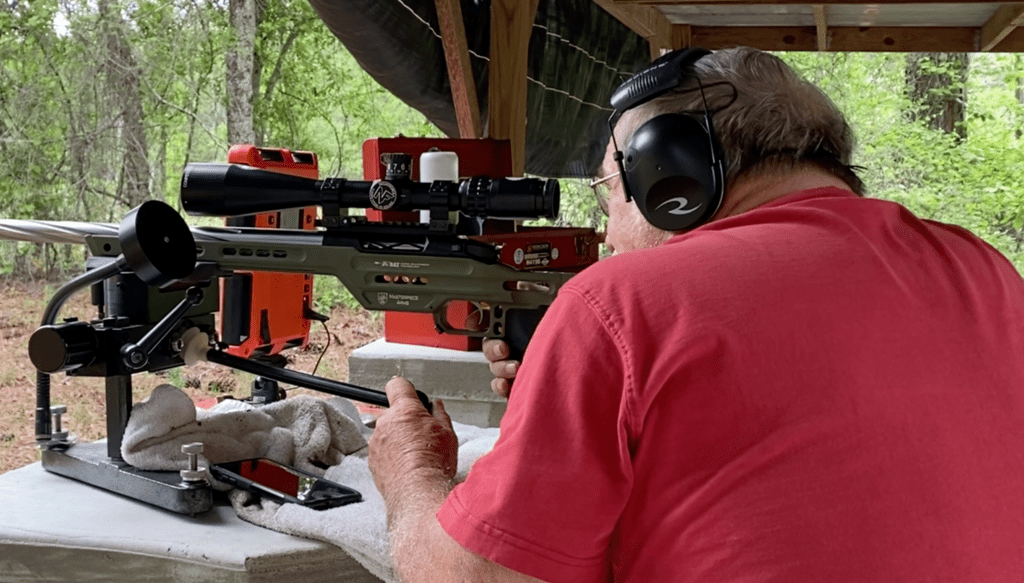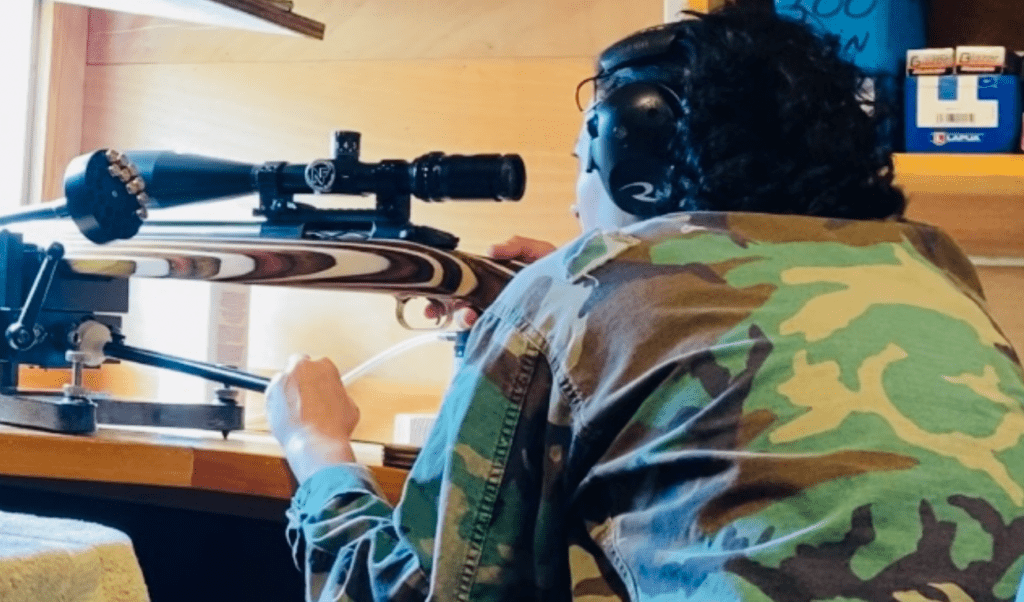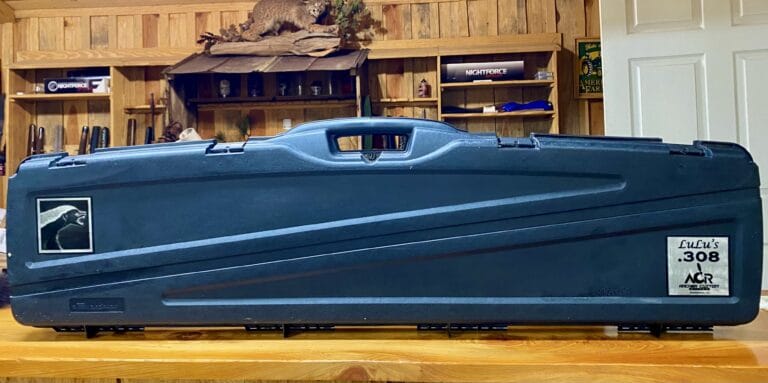The Art of the Squeeze
Trigger control is one of the most important skills for shooting accuracy and consistency. You may have a steady rest, a still target and decent ballistic knowledge, but if you jerk that trigger, that other stuff ain’t gonna do you any good at all.
So let’s talk about mastering the art of the squeeze and why it is so important.

First of all, it takes practice. It is not something that can be taught with words. It has to be practiced. Over and over and over again. We’ll get to some practice techniques later, but first let’s go over the difference between squeezing and pulling.
There are lots of different opinions on the terminology here but let’s go with “pulling.” Pulling a trigger is a sudden and hurried action. You may have your crosshairs centered perfectly on your target, but then you flip your safety off, wrap your finger around your trigger and you just PULL. When you pull, your trigger breaks AFTER your sight has moved off the target. And you may not think you flinched or jerked, but if you PULLED that trigger, I promise you it wasn’t a smooth shot. Follow through? Gone. Done. No chance.
Now let’s get to SQUEEZING.
When you SQUEEZE the trigger, you will maintain sight alignment and be able to keep that picture you took in your head throughout the trigger break. It is a slow, steady, GENTLE AND DELIBERATE application of pressure on the trigger until it fires.
Sounds simple right? Wrong.
Here is some of my best advice to master THE ART OF THE SQUEEZE.

- PRACTICE. PRACTICE. PRACTICE. Dry firing is probably my favorite way to teach someone to squeeze. Until they get a good feel of slowly squeezing the trigger with no fear of recoil, they can’t REALLY feel what their finger feels like when it squeezes a trigger.
- There is no need to grasp your rifle with your shooting hand. A tight grip with the trigger hand just adds more stress and more movement. Let your trigger finger do the work when it comes to squeezing.
- Find the right finger placement that works for you. For most people it is the pad of your forefinger between the tip of your finger and the first joint. But that doesn’t work for everyone. LuLu doesn’t have any feeling in that part of her trigger finger so she wraps the crease in her first joint around the trigger. Wherever your comfortable trigger point is, the most important thing is to squeeze the trigger straight back to you.
- Follow through. And by follow through, I mean trigger follow through. Try to continue the squeeze after the bullet leaves the barrel. This will help with flinching and jerking.
- PRACTICE. PRACTICE. PRACTICE. DRY FIRE. DRY FIRE. DRY FIRE. (I know this was #1 on the list but it bears repeating.)

For most of my benchrest friends and ol timer huntin buddies, you probably know all this already. But I do hope it is a reminder of how we must be good teachers to our kids and grandkids.


